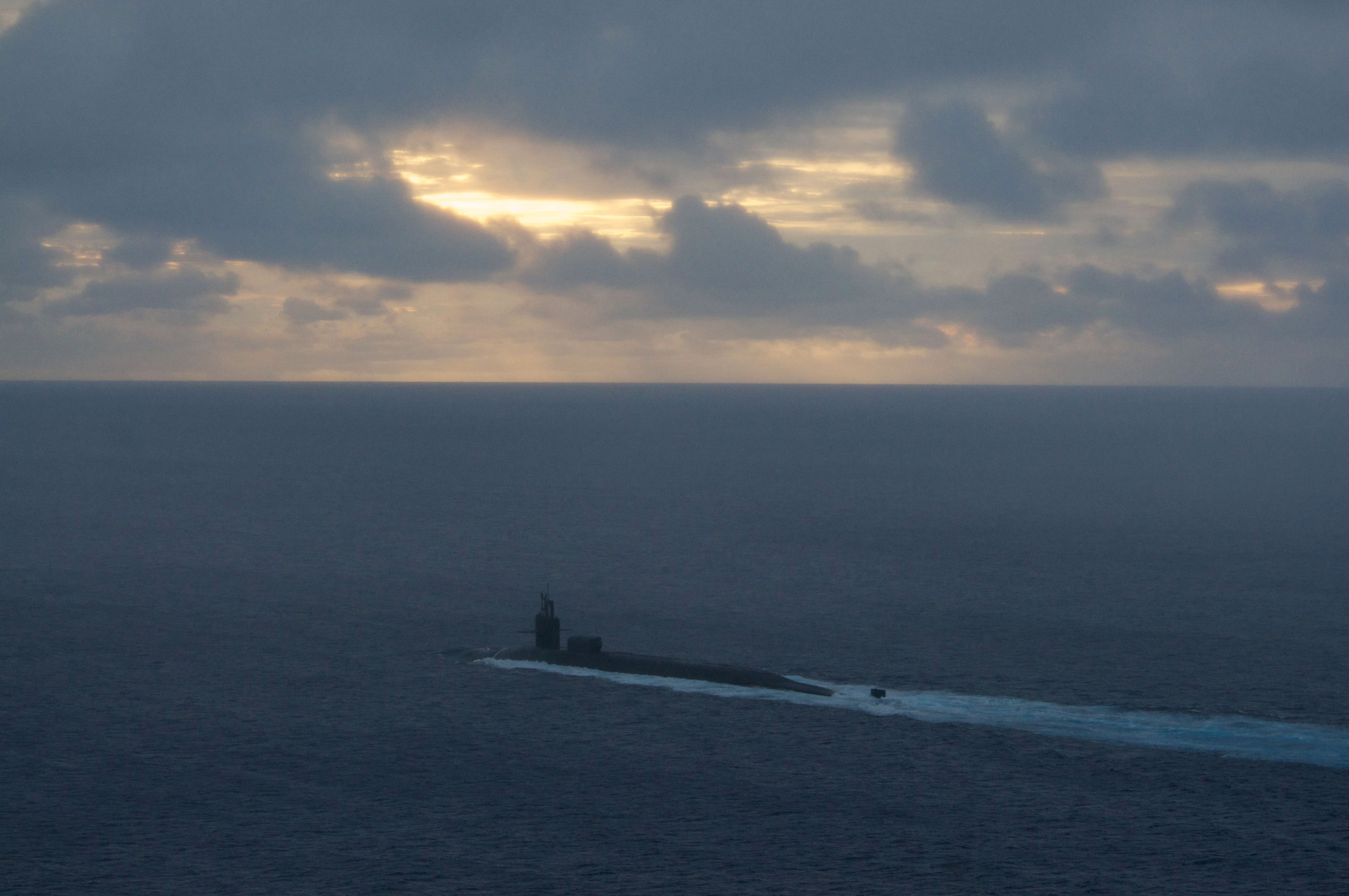
CORRECTION: Due to an editing error, a previous headline on this post misrepresented the content of the CSBA report issued on Tuesday. The report stated recapitalization of the U.S. nuclear force could be affordable under funding restrictions of the 2011 Budget Control Act (BCA) if made a priority.
The Center for Strategic and Budgetary Assessments acknowledges in a new report that modernizing U.S. nuclear forces — with programs such as the Ohio-class replacement ballistic missile submarine — will compete for funds conventional weapons upgrades like the F-35 Lighting II Joint Strike Fighter (JSF).
Speaking Tuesday at the Washington, D.C., think-tank, Todd Harrison, one of the report’s authors, said, “We won’t be able to do all at the same time.” He added in the mid 2020s “The Joint Strike Fighter [all three variants] will be in full-rate production at the same time” and the Army, which now has no major modernization programs in the pipeline, likely will be looking at replacements for its fighting vehicles and tanks.
“We always have budget constraints” and it becomes a matter of setting priorities, he said.
Harrison said that spending on the nuclear forces would rise from 3 percent to 5 percent of the defense budget as the “bow wave” crests but then would fall back to current levels when adjusted for inflation. That translates to $40 billion in the peak years.
Studies from inside and outside the Defense Department vary widely on how much it will cost to modernize the nuclear forces. Eric Edelman of the center said the estimates range from $600 billion to $1 trillion to upgrade the land-based, sea-based, airborne triad of nuclear deterrence. “That is not affordable under BCA [Budget Control Act] and sequestration.”
Harrison asked rhetorically, “What can you save?”—then added, “We didn’t look at eliminating the sea-based part of the triad.”
The report offered three options for savings in the ballistic-missile submarine program by going down to a fleet of ten, Harrison said. Current Navy plans call for 12 replacements for the 14 Ohio-class submarines in the fleet.
One option would retire the four oldest SSBNs early. “Reducing the overall size of the fleet would also allow the Navy to delay the Ohio Replacement Program by three years and cut the final two SSBNs from its production run.” The report estimates savings of $8 billion from Fiscal Year 2015–2019 and $29 billion in the 2020s.
A second option would not retire any Ohio-class subs early but delay the replacement program three years and cut the last two from production. That option would also save $8 billion from FY 2015–2019 and $29 billion in the 2020s. But “it would also increase costs by $9 billion in the 2030s by shifting peak funding years.”
The last option would be to maintain the current buying and retirement plans but cut the last two boats from the end of the production run. There would be no savings from FY 2015 to the end of the 2020s. “The estimated savings in the 2030s would be roughly $17 billion,” the report said.
Overall, the report noted there are few immediate savings by cutting nuclear forces and the longer-term savings would occur after the Budget Control Act expired.
“Cutting nuclear weapons is unlikely to provide enough savings to manage near-term resource constraints, unless the United States were to make wholesale changes in nuclear strategy and force structure—changes that are not only unlikely, but could not easily be undone,” the report concluded.





